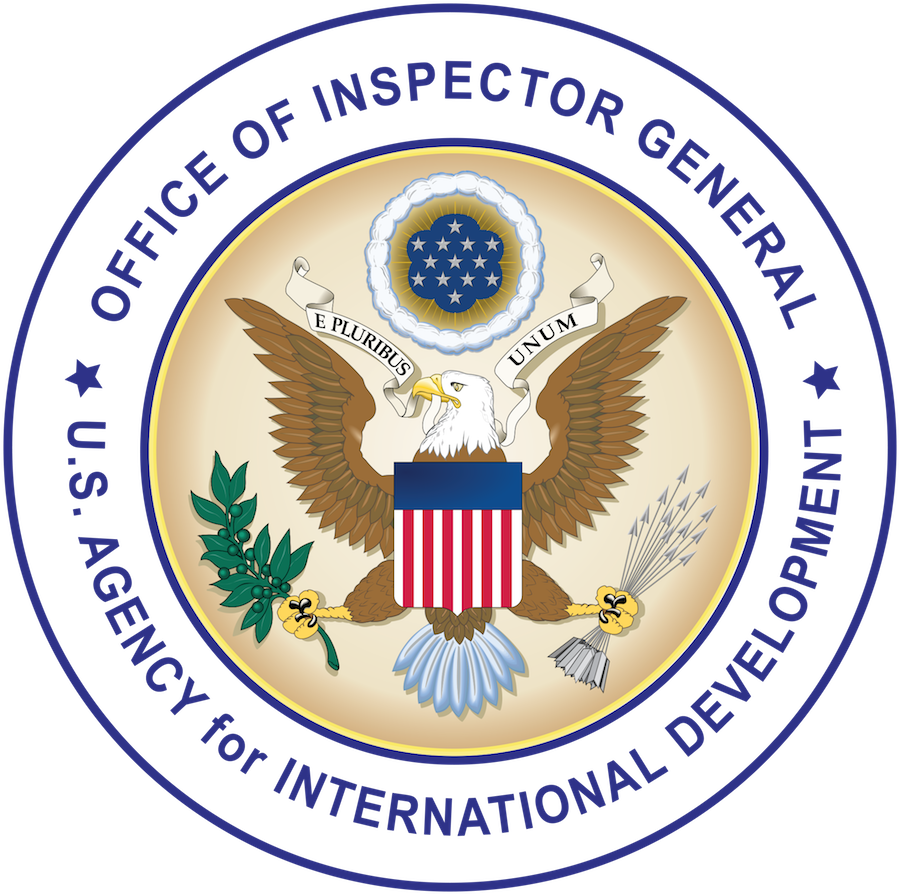Why We Did This Audit
Since its establishment in 2003, the U.S. President’s Emergency Plan for AIDS Relief (PEPFAR) has been a cornerstone of U.S. global health policy. In April 2018, the Office of the U.S. Global AIDS Coordinator and Health Diplomacy tasked U.S. agencies involved in PEPFAR with channeling 70 percent of their PEPFAR funding to local partners by September 2020 in order to increase direct HIV services and establish sufficient capacity, capability, and durability of local partners.
We conducted this audit, focusing on countries in Africa, with the following objectives:
1. Assess to what extent USAID’s PEPFAR budgets were on track to meet goals for local partner funding.
2. Assess to what extent selected USAID missions in Africa followed Agency guidance in preparing local partner funding strategies and met mission-level goals while addressing risks.
Key Findings
USAID’s PEPFAR budgets were not on track to meet local partner funding goals largely due to the aggressive time frames driven by the Office of the U.S. Global AIDS Coordinator and Health Diplomacy and the low baselines that some missions started from. Despite most critical missions making progress in increasing local partner funding, the relatively low baselines some missions started from made achieving the 70 percent goal difficult.
USAID missions in Africa generally adhered to Agency instruction for preparing local partner funding strategies, although most of the critical missions encountered challenges identifying and developing capable local partners. The insufficient pool of capable local partners hindered USAID’s attempts to reach the 70 percent goal and contributed to missions prioritizing the achievement of PEPFAR targets.
We made two recommendations to enhance USAID’s efforts to responsibly increase the use of local partners in PEPFAR while considering circumstances such as the COVID-19 pandemic. USAID agreed with both of our recommendations.
